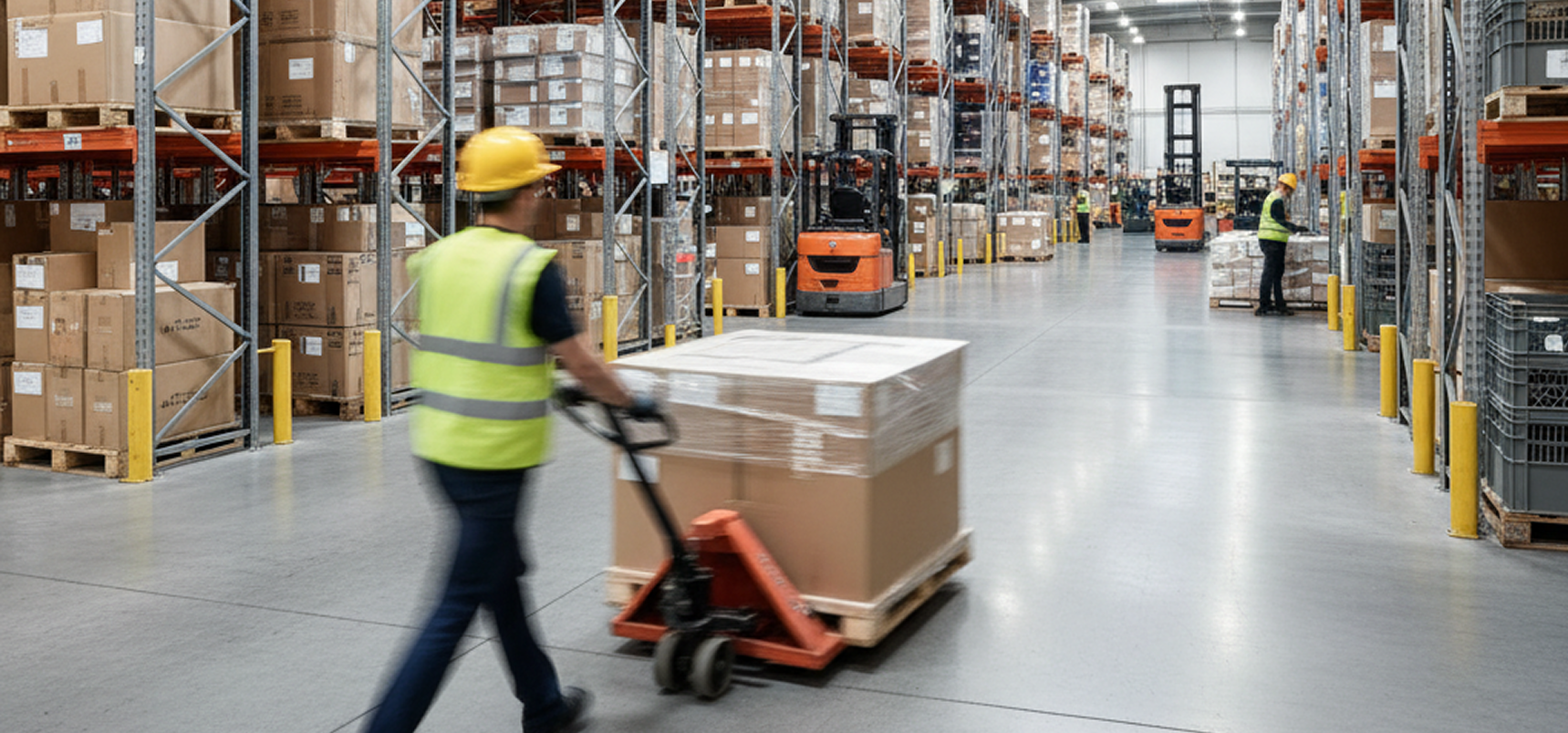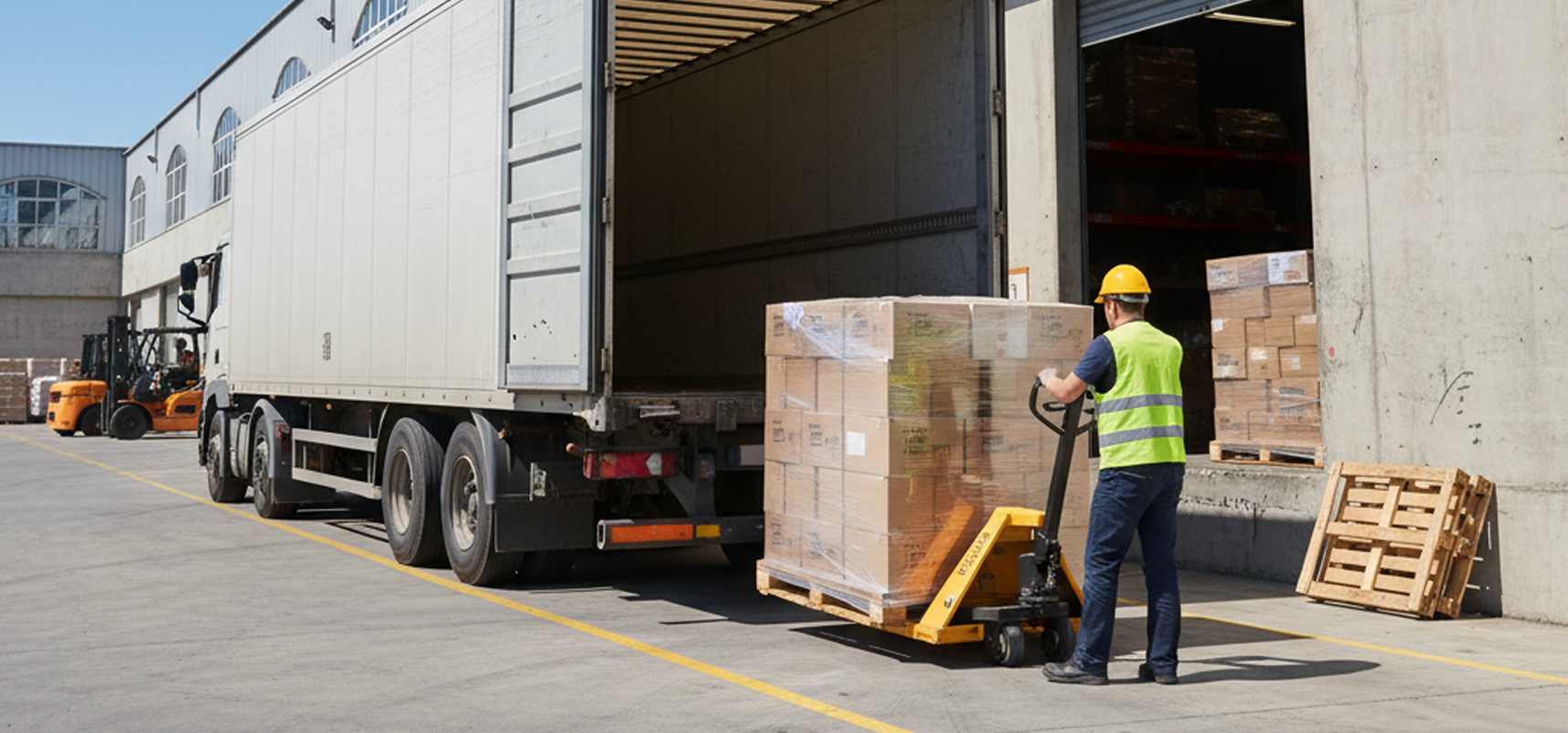London’s infrastructure quality is generally high, with ongoing investments in transport, energy, water, and digital connectivity to support sustainable growth and urban mobility.
Population
Area
Density
92.7K
The projected net population growth in London for 2024 is 92,710.
68.9%
67% of Emerging Asia's population is of working age.
Key industries include finance, technology, life sciences, and creative industries, with major corporations like HSBC, Barclays, and Unilever playing significant roles.
Tertiary attainment among young adults aged 25-34 in OECD countries increased from 45% in 2019 to 48% in 2024.
Foreign Residents
The average income for foreign residents in London is about 13.2 million yen with 50% earning less.
Ethnic Composition
Foreign residents in London surpassed 4 million in 2024, making up about 41% of the city population, with the largest groups from India, Poland, Pakistan, Romania, and Ireland.
London’s metropolitan area sees over 24 million daily trips, with millions commuting—primarily by rail—from suburbs and residential districts into the central city for work.
431,000
47K
The average annual income in London is about 9.2 million yen though more than half earn less than this amount.

7.4%
London warehouse lease rates range from £28.50 per square foot annually for big-box warehouses (100,000+ sq ft) to higher rates for smaller facilities, with prime locations commanding premium pricing due to limited development space in the capital.
Park Royal, Brent, Croydon, Enfield, Stratford, Docklands, Hounslow (Heathrow), Hayes, Lewisham, Greenwich, Wimbledon, Kingston upon Thames, Central London.
London’s last-mile delivery infrastructure combines urban logistics hubs, cargo bikes, electric vans, parcel lockers, and digital tracking to enable fast, low-carbon deliveries from local depots to customers across the city.
London warehouses are rapidly adopting advanced automation technologies such as robotics, AI, IoT, and vertical storage systems to boost efficiency, meet high e-commerce demand, and optimize limited urban space.
Cold storage and specialty warehousing facilities in London provide temperature-controlled environments for preserving perishable goods and offer tailored storage solutions for industries like food, pharmaceuticals, and e-commerce.

Financial services, professional and business services, technology (including fintech and digital media), creative industries, life sciences, education, healthcare, hospitality, retail, and manufacturing.
Royal Mail, FedEx, DHL, XPO, CEVA Logistics, Kerry Logistics, DSV, Expeditors, Omni Logistics, CitySprint, Mango Logistics, Bezos.AI, Crane Worldwide Logistics, Worldwide Logistics Group, Davies Turner & Co, EV Cargo, Ligentia, Falcon International, Vserve Ebusiness Solutions, ASM Freight Services, Dover Hamilton, Agile.
London, as part of the UK, contributes to total UK trade volumes of £1.83 trillion in the year to July 2025, with key trading partners including the United States, Germany, Netherlands, France, and China.
London’s supply chain resilience in 2025 is challenged by economic uncertainty, political shifts, cyber vulnerabilities, and ongoing disruptions, but can be strengthened through supplier diversification, innovation, and enhanced collaboration.
London’s manufacturing sector includes over 4,300 establishments employing about 20,000 people, producing automotive parts, medical devices, food and beverage products, machinery, and more, supported by a skilled workforce and major investments in advanced manufacturing and electric vehicle technology.
London’s main industry clusters are finance, professional and business services, creative industries, technology and innovation, experience economy (culture, hospitality, events), and international education.
London’s key competitive advantages as a logistics/business hub are its strategic global location, world-class transport infrastructure, access to major ports and airports, advanced urban logistics hubs, and time zone alignment for international business.
Detailed evaluation of London's infrastructure quality, investment projects, utility systems, and environmental considerations for strategic planning.
London’s infrastructure quality is generally high but faces significant capacity pressures and a substantial renewals backlog, requiring major investment and coordinated upgrades to maintain reliability and support future growth.
Planned infrastructure investments in London focus on major transport network enhancements (including DLR and Bakerloo line extensions and West London Orbital), energy, water, flood defences, and digital connectivity to support housing, jobs, and economic growth.
London's utility infrastructure faces capacity constraints particularly in west London electricity networks with connection delays extending to the late 2030s, while the city advances decentralized energy solutions like Citigen and comprehensive Local Area Energy Planning across boroughs to support housing growth and decarbonization goals.
Key environmental factors affecting logistics in London include air pollution, noise, flooding risk, heatwaves, and water scarcity, all of which impact transport efficiency, infrastructure resilience, and regulatory requirements.